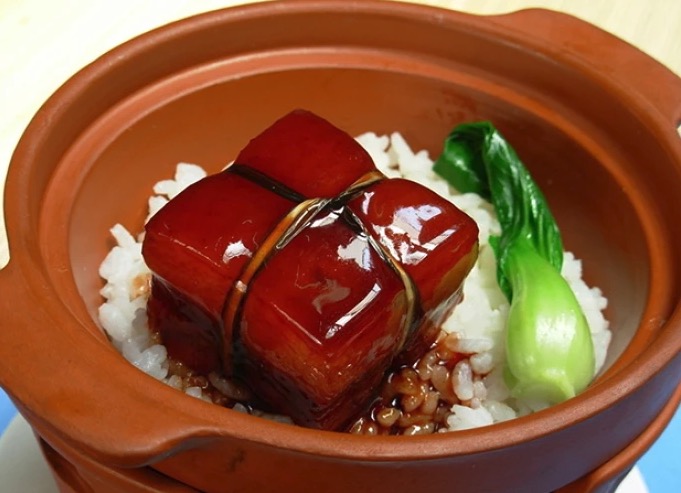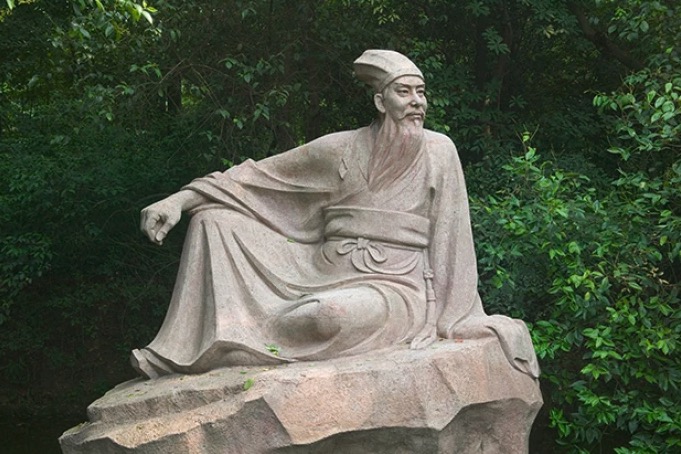NEW YORK – Of immense importance in China, and perhaps lesser known in the West, Su Shi (1037-1101), literary name Su Dongpo, was more than your average Renaissance man. Hailed as one of the most revered, prodigious figures in Chinese culture, he was an artist, writer, philosopher, scientist and hugely influential politician. He executed vast civil engineering projects, championed economic reforms, withstood constant slander and persecution for his steadfast stance against the powerful New Policy Group, and was sentenced to two decades of exile in the lush Hubei province. There, undeterred by cruel fate, he composed some of the most scintillating verses in Chinese literary history, and adopted the name “Dongpo,” meaning “eastern slope.” He was also a famed gastronome, noted for penning the authoritative formula for (not sushi, sorry) a mean braised pork belly, Dongpo Pork (recipe here). Although Su Shi married at age 17, legend says he was quite the ladies’ man, an ideal subject for numerous semi-fictional, liberally peppered accounts of history.

Fast forward one thousand years, a magisterial calligraphy by Su Shi is currently resting in a storage cabinet 50 feet from my desk, awaiting our pre-sale exhibition, which opens on September 13th. The Chinese word for collect, “cang,” also means to hide, and it is absolutely breathtaking to open this hanging scroll and watch a millennium of history unfold in my hands. The paper has aged gracefully since its original ivory white, and is accompanied by a faint, charmingly musky scent of the passing centuries. Nine characters sprightly dance in full demonstration of Su Shi’s most recognizable style, over a bed of red seals that documents the remarkable procession of nobles, literati and prestigious collectors who lovingly looked after these strokes throughout their incredible journey.
The brief, concentrated words, “Su Shi bids farewell to Gongfu, Gentleman Court Consultant,” is the perfect backdrop for his masterful calligraphic performance. Calligraphy (a combination of κάλλος (kallos), meaning beauty, and γραφή (graphẽ), writing) is a fascinating interdisciplinary visual art form that combines painting, writing, and properties of concrete poetry. Manuscripts are meant to be both read as text and viewed as pictures, and offer a full narrative of the artist’s physical and spiritual creative process. Su Shi conjures, with so few elements, a subtle frenzy of conscious decisions and automatic marks: within fractions of an inch, one tender, soft-spoken streak will amplify into a full-bodied declaration of robustness – so vividly I was tempted to touch it to confirm the ink has dried. In classical Chinese painting, the subject matter resides amidst an infinitely expansive negative space rather than a painted space measured by the dimensions of the paper surface; this elusive setup renders his material distillation of abstract language and emotions even more intense and pure. I also should mention that these expressive markings are actually a tremendous exercise in restraint – compared to oil painting brushes, Chinese bristles are annoyingly soft and notoriously unwieldy (I’m speaking bashfully after several miserable painting tutorials), and can only be tamed by a steady, sensitive hand. The pensive beauty of this work might not be instantly accessible, but I promise a patient, serious look will be a rewarding and revelatory experience.











































